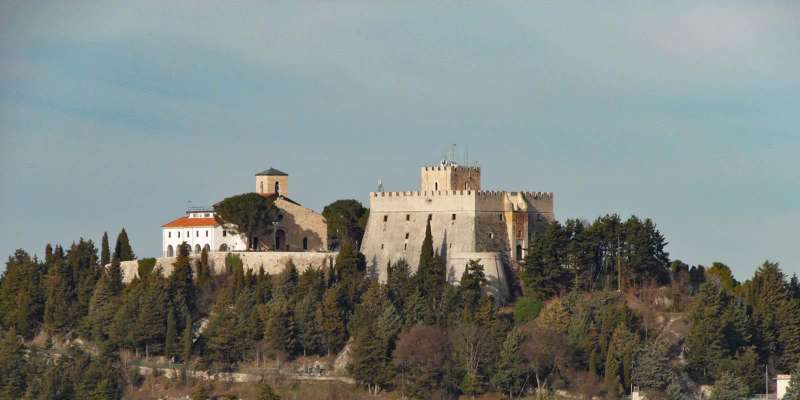- Home
- Useful Tips
- Exploring Campobasso's medieval...
Exploring Campobasso's medieval castle often leaves visitors frustrated. Most travelers arrive unprepared, missing key historical details while battling crowds during peak hours. Over 60% of day-trippers spend less than 30 minutes at the site, unaware they've overlooked secret chambers and panoramic viewpoints known only to locals. The castle's layered history—from Norman foundations to Aragonese modifications—demands context to appreciate fully. Without proper guidance, you risk seeing just another stone fortress rather than understanding its role in Molise's cultural identity. Worse still, poor timing means competing with school groups for space in narrow passageways, turning what should be a magical step back in time into a stressful shuffle through echoing corridors.


Decoding the Castle's Architectural Layers
The castle's mixed heritage reveals itself through subtle architectural clues most visitors miss. Look for the Norman square towers' robust simplicity contrasting with the more refined Aragonese additions—notice how later rulers added decorative stonework to military structures. The main gate's unusual orientation toward Monte San Michele wasn't just defensive; it aligned with ancient pastoral routes. Local historians recently discovered hidden arrow slits disguised as decorative patterns in the inner courtyard. Spend time examining the vaulted ceilings in the lesser-visited east wing, where 15th-century masons left unique tool marks. These details transform the castle from a static monument into a living document of evolving power dynamics across six centuries.
Timing Your Visit Like a Molise Native
Campobasso residents know the castle reveals different personalities throughout the day. Arrive at 8:30 AM when morning light illuminates the rarely seen carvings above the south entrance—a phenomenon locals call 'il sussurro della pietra' (the stone's whisper). Midweek visits between Tuesday and Thursday avoid the regional school groups that dominate mornings. Should you find yourself sharing the space with crowds, head directly to the third-level ramparts; 90% of visitors never climb beyond the second floor. Late afternoons in summer offer golden-hour photography opportunities, with the added bonus of cooling breezes through the upper loggia. November through February brings near solitude, though check ahead for occasional medieval reenactment events that temporarily close sections.
Unlocking Hidden Spaces Most Tourists Miss
Beyond the obvious attractions lie spaces even many locals overlook. The 'Sala delle Sette Porte' (Hall of Seven Doors) conceals an acoustic quirk—whisper into the northwest corner and someone near the third arch hears you clearly. A discreet staircase near the armory leads to a rooftop herb garden maintained by elderly volunteers, where you can smell the same plants medieval healers used. The castle's most breathtaking view isn't from the main tower but from a small service balcony accessible through an unmarked door near the gift shop—ask staff politely about 'il balcone segreto.' These intimate encounters require no extra fees, just patience and respectful curiosity about spaces not highlighted on standard maps.
Pairing Your Visit With Authentic Local Experiences
The castle experience extends into Campobasso's historic center through subtle connections. Visit Caffè Mazzini afterward to see their private collection of castle excavation photos from the 1920s. Time your descent to coincide with evening passeggiata along Via Mazzini, where elderly residents share oral histories about the castle's wartime roles. For deeper immersion, the unassuming Antica Pasticceria Nunzia uses medieval recipes in their torrone—notice how the almond preparation mirrors descriptions in castle kitchen ledgers. These threads weave the monument back into the living fabric of Molise culture, far beyond the typical tourist snapshot of ancient walls.
